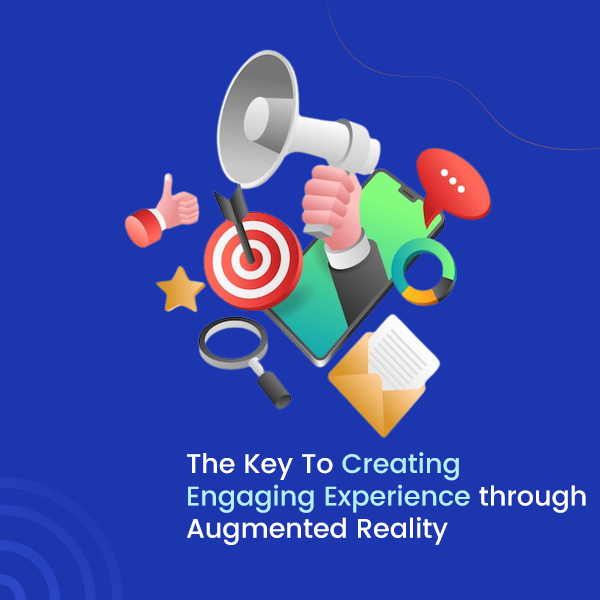
The term “Augmented Reality” refers to the reality that has been supplemented with interactive digital elements. Users can activate a smartphone’s camera, view the real world around them on the screen, and rely on an AR application to improve that world in a variety of ways via digital overlays:
- Complimentary photos, digital data, and/or 3D models
- Integrating real-time instructions
- Applying labels
- Color changes
- Using “filters” on Instagram, Snapchat, and other apps to change the appearance of the person or their surroundings.
AR can be viewed on a variety of devices, including screens, glasses, handheld, and mobile devices, and head-mounted displays.
Unlike virtual reality (VR), AR does not provide a totally immersive experience. While virtual reality requires users to put on a special headgear and immerse themselves in a wholly digital environment, AR allows them to continue engaging with the actual world.
Any of the following could be included in the scope of your AR project to make the augmented reality environment more immersive and engaging:
- Branding: Consider how your brand will be portrayed in real space, as well as how AR might compliment your current marketing efforts.
- Through social sharing, brands become more aware: There are too many emotions going on in the minds of marketers. There is even the possibility that their brand message will be overlooked. One of the questions marketers ask themselves is, “To what extent are consumers aware of our brand?” Because they feature the customized aspects of social media, virtual and augmented reality are the new channels for enhancing brand recognition because individuals can experience content on a deeper level, from a first-person perspective.
Even small businesses can benefit from the use of augmented reality. When VR apps make it simple and easy for individuals to share their experiences on social media, the buzz grows, and friends-of-friends become interested in checking it out as well. As a result, while virtual and augmented reality has yet to gain traction in marketing labs around the world, these technologies will soon be included in marketing budgets. They’ll show up on social media, which is the most cost-effective marketing tool for identifying target groups and giving them exactly what they want. - Environments based on physical/geographic characteristics: Things start to become interesting at this point. Keep in mind that augmented reality adds physical space to your content initiatives. To help drive home your statement, you may use real landmarks, locations, and geo-targets in your content experience to help make it relevant to a specific area, event, or season.
- Added enhancements: Consider how adding an augmented reality component to your material can improve the overall experience. For some applications, it can be advisable to keep things basic, while for others, go all out. Some advertisements may prioritize music, while others may prioritize graphics and 3D models.
A Real-life Example of augmented reality is :
The mobile app Pokemon Go, which was introduced in 2016 and rapidly became an inescapable sensation, is perhaps the most renowned example of AR technology. Pokemon figures appear in the real world—on your sidewalk, in a fountain, even in your own bathroom—and players must identify and capture them.
Aside from games, there are as many more applications for augmented reality in our daily lives as there are Pikachu on the loose in Pokemon Go.
Another example of augmented reality is :
- AR can project views of old civilizations over today’s ruins at historical places like Pompeii in Italy, bringing the past to life.
- Ground employees at Singapore’s airport use augmented reality glasses to display information about cargo containers, which helps them load them faster.